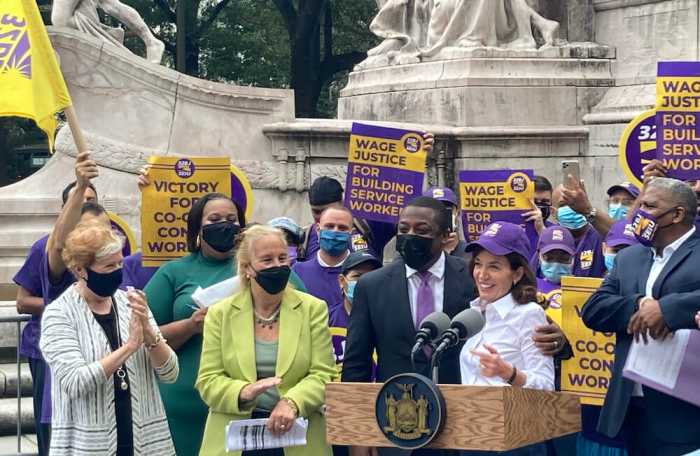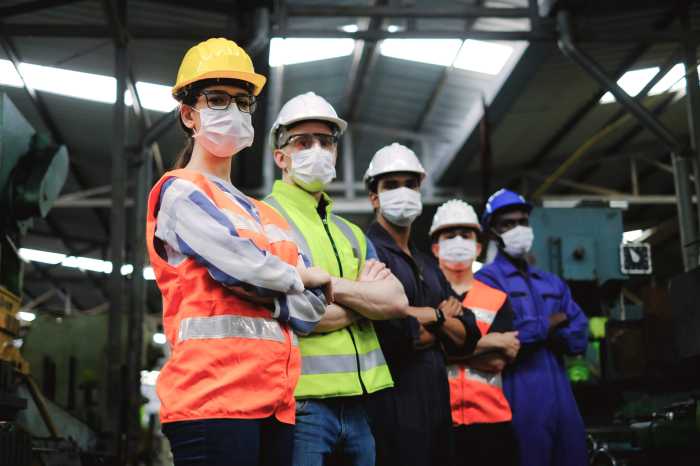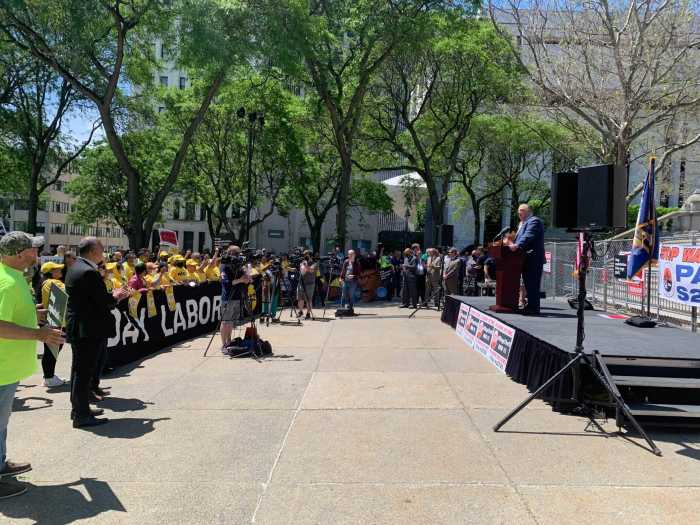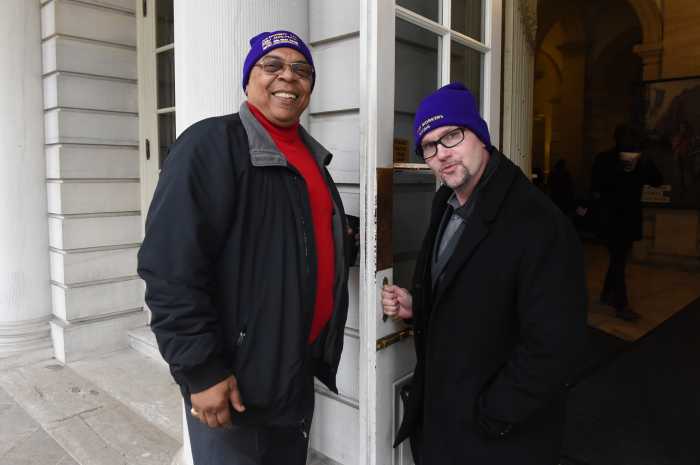As we enter the second half of 2023, there is still much to do in New York State, and the nation, to improve the lives of hard-working people, especially those from disadvantaged backgrounds and communities. One of these tasks includes taking the appropriate measures to close racial wealth gaps between white workers and Black and Latino workers and improve opportunities for family-sustaining career development and access to the middle class.
The persistent gap between the wealth of white Americans and that of Black and Latino Americans is at the core of the disparity we see between these groups in health, education, housing and opportunity. Wealth is a measurement for total assets. In the United States, the average Black and Hispanic or Latino households earn half as much as the average white household and own only about 15 to 20% as much net wealth. Additionally, since 1989, the median wealth of white households has tripled, while the wealth of Black, Hispanic and Latino households has barely increased.
Wealth, and the accumulation of it, is critical to overall wellbeing, from the ability to manage through periods of economic hardship to psychological and physical health. The racial disparity in wealth also undermines the health of our economy. Driving this disparity are racial differences in home equity, financial assets, and, of course, income.
One proven measure to making progress in these areas and narrowing this gap is maintaining and expanding prevailing wage measures. While we must attack racially based wealth disparities from every angle, closing the same racial gaps around income will be key, and expanding prevailing wage can play a big role. For more than 200 years, prevailing wage rules have helped ensure all hard-working New Yorkers, no matter their race or background, get paid what they deserve, playing a critical role in raising those from disenfranchised neighborhoods and communities into the middle class with pay that supports their families and is reflective of the product of their work.
This has especially been the case in the unionized construction industry, as prevailing wage has helped bridge preexisting wage gaps, promoted further diversity and career opportunity in the sector and enabled the construction industry to prop up the middle class.
According to the Illinois Economic Policy Institute, construction workers in states with strong or average prevailing wage laws made nearly $12,000 more per year, on average, than construction workers in states with weak or no prevailing wage laws. Thanks to higher incomes, construction workers in states with prevailing wage laws are less likely to earn an income below the poverty line. On average, only 9.4% of construction workers in states with prevailing wage policies earn wages below the poverty line, compared to 15.2% of the same workers in states with no prevailing wage. If all 25 states with strong or average prevailing wage legislation weakened or repealed their laws, an additional 99,000 blue-collar construction workers would see their incomes fall below the poverty level.
With Latinos making up more than a third of the construction workforce, and the number of Black workers in the industry having grown in recent years to 14%, nearly double the national average, the benefits of prevailing wage in construction can directly contribute to closing longstanding racial wealth gaps and reinvigorating local economies. As New York maintains investments in important development and infrastructure projects, prevailing wage will be a factor that attracts skilled and efficient workers from all backgrounds who will expertly complete these initiatives, all while enjoying the stability brought on by the good paying wages that come with a career in union construction.
Bad actors and unscrupulous contractors in the industry will say prevailing wage is holding back economic growth and hurting business, but clearly if we don’t continue its expansion, and recognize the power it can hold to close the racial gap in wages, and ultimately, help narrow the overall racial wealth gap, we’ll hurt not only our Black and Latino communities, but also our overall economic prowess. The unionized construction industry is already setting a standard for how collective bargaining agreements and prevailing wage can help bridge these gaps and improve the livelihoods of all blue-collar workers in the industry, so we must continue to encourage this commitment in this industry and other sectors to maximize its positive potential.
Paying honorable, family-sustaining wages for skilled work should not be a debatable topic. Investing in hard working people and making the middle class more accessible to everyone, including members of our disenfranchised communities, is an investment in our economy and overall future.
Gary LaBarbera is the president of the NYC and NYS Building Trades.































